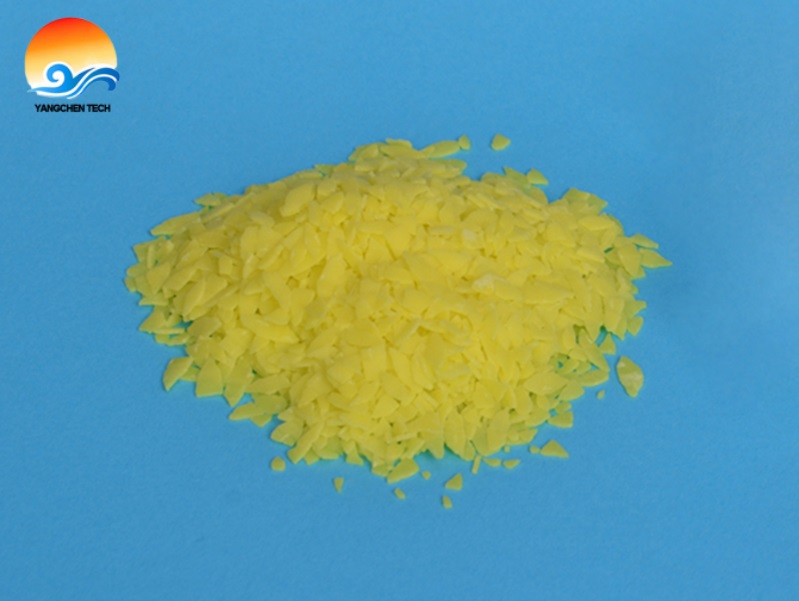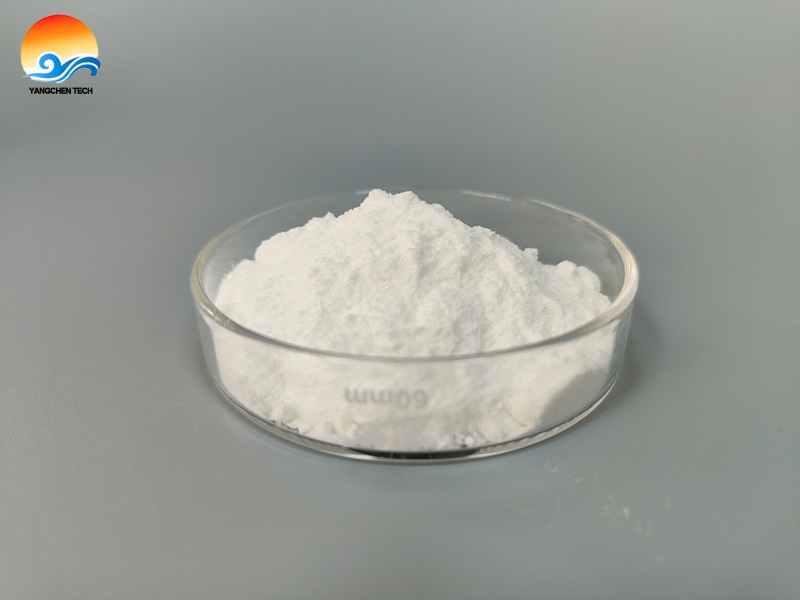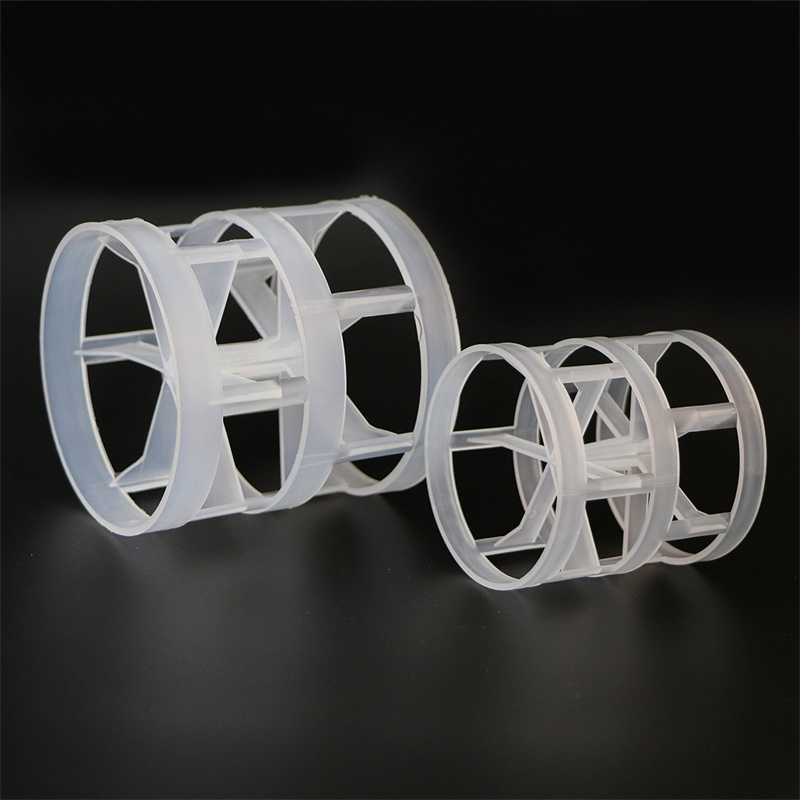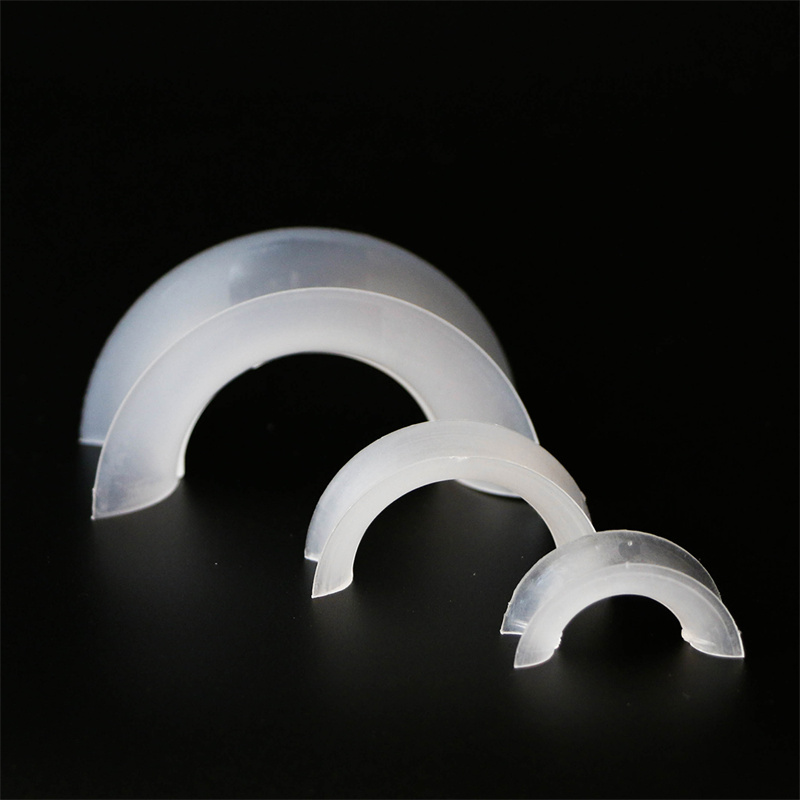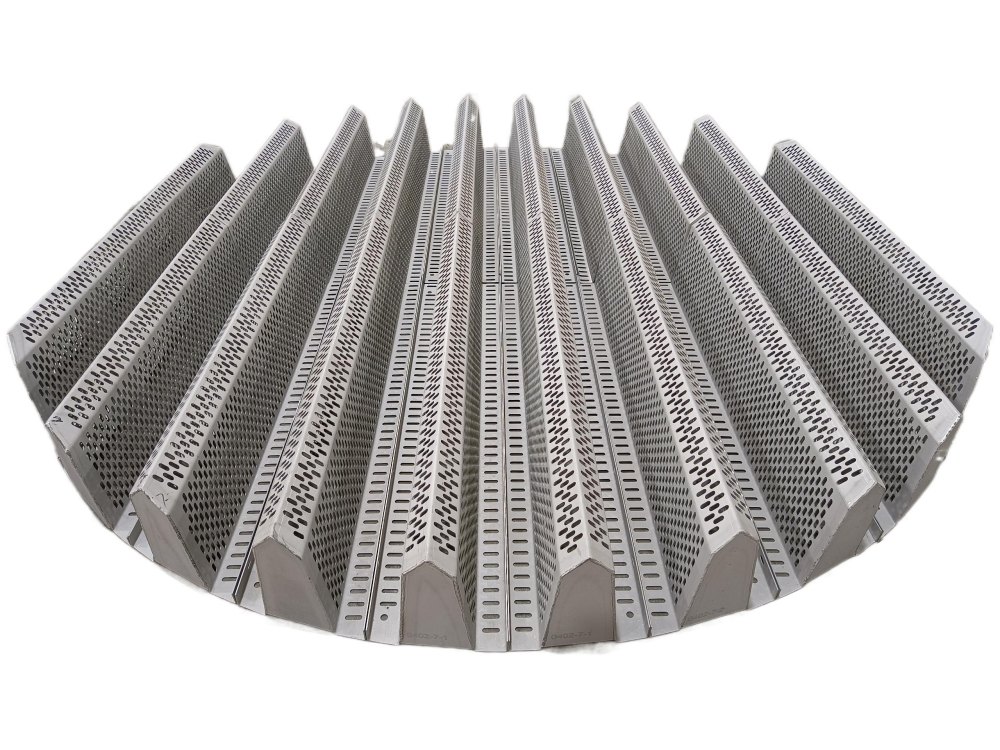The process of processing mud into a body with a certain shape is called forming. The formed body has a denser and uniform structure and a certain strength.
1. Molding method
The commonly used molding methods for producing refractory brick products are as follows:
(1) Grouting molding
The mud is injected into the plaster mold, and the plaster mold absorbs the moisture in the mud and accumulates on the surface of the plaster mold to form a mud film with less water. The longer the time, the thicker the accumulated mud film. The time for placing the plaster mold after grouting is mainly determined based on the required thickness of the product. When the required thickness of the green body is reached, the excess mud in the plaster mold is poured out and left for a certain period of time. After the green body has a certain strength, it is demoulded, dried and repaired. The moisture content of the mud used for grouting molding is generally 35 to 45%. This method is mainly used to produce thin-walled hollow products, such as thermowells, high-temperature furnace tubes and crucibles.
(2) Plastic molding
Plastic molding (also called extrusion molding) generally refers to the method of making clay materials in a plastic state with a water content of 16 to 25%. The molding method of making the plastic mud materials pass through the die holes with force is called extrusion molding. A continuous spiral mud extruder or blade mixer is usually used in conjunction with a hydraulic press to mix, compact and shape the mud. This molding method is suitable for processing plastic mud materials into strips and tubes with uniform cross-sections.
(3) Machine pressing molding
Machine press molding is also called semi-dry molding, which refers to the method of preparing a green body from mud with a moisture content of about 2 to 7%. Generally, various brick presses, tamping machines, and vibration machines are used for molding. Compared with plastic molding, the green body has the advantages of high density, high strength, small drying and firing shrinkage, and easy control of product size. Semi-dry molding is a commonly used molding method.
(4) Casting and molding
This is a method in which materials are melted at high temperatures and then directly cast into products. Currently it is mainly used to produce advanced refractory materials such as fused corundum, mullite and zirconium corundum.
Other molding methods for refractory materials include hot press molding and hot press injection molding. At present, refractory products are mainly formed by machine pressing. The following focuses on machine press molding.
2. Machine pressing molding
(1) Suppression process
The pressing process of ordinary machine-pressed bricks is essentially a process in which the particles in the mud material are densely packed and the air is discharged to form a dense body. Usually expressed by pressure-shrinkage curve. As can be seen from Figure 3-7, the pressing process is carried out in several stages. In the first stage, the mud particles move under pressure to form a green body. Its characteristic is that the mud material has a large compression amount, and the compression amount increases almost in proportion to the pressure; when the green body is compressed to a certain extent, it enters the second stage of the pressing process. At this stage, the molding pressure has increased to the extent that the particles in the clay material can undergo brittle and elastic deformation. Therefore, during the pressing, the particles in the clay material are compressed and deformed and the edges of the polygonal particles are pressed away, thus causing the inside of the green body to become brittle and elastic. The contact surface between particles increases and the frictional resistance increases. Therefore, the pressing characteristics at this stage show a jump-like compression change, that is, a step-shaped change curve; when pressing enters the third stage, the molding pressure has exceeded the critical pressure, and even if the pressure increases again, the green body will almost no longer is compressed.
It is not desirable to carry out all three stages in refractory production. Because when the bricks are formed, it is required that the particles are not crushed but only move densely and eliminate air. Therefore, the actual pressing process of bricks is generally carried out in the first stage.
The above-mentioned pressing characteristics of the bricks indicate that the greater the natural packing density of the mud, the smaller the friction between particles, the greater the compression of the mud when subjected to unit pressure, and the higher the volume density of the bricks. Therefore, adding some organic activators to the mud material can increase the mobility of the particles in the mud material and reduce the friction between the mud material and the mold wall, which can improve the compactness of the dysenindustrial bricks.
(2) Layer density phenomenon
The phenomenon that the density of the brick after molding gradually changes along the direction of pressure is called layer density. Bricks that are unidirectionally pressurized from above are generally dense at the top and sparse at the bottom. If they are at the same level, they are dense in the middle and sparse at the outside. The reasons for different density levels on the same brick are mainly due to the friction between particles in the mud material (called internal friction) and the friction between the mud material and the mold wall during the pressing process (called external friction). . When the bricks are pressed, the upper material layer is pressed first, and the pressure is transmitted down layer by layer in the direction of pressure. During the transmission process, part of the pressure is consumed in overcoming internal and external friction, so the pressure decreases. This causes inhomogeneity, the farther away the brick is from the pressure surface along the pressure direction, the lower the density, that is, as shown in Figure 3-8, D1>D2>D3.
The layer density phenomenon when pressing bricks is more obvious for bricks with large thickness and height, which is closely related to the degree of pressure decrease of pressing the above products.
In the production of refractory materials, in order to reduce or eliminate the layer density phenomenon produced during brick pressing, the following methods are usually adopted:
1) For products with large thickness and height, double-sided pressurization is generally used to shorten the pressure transmission distance and reduce the degree of pressure decline.
2) Improve the processing accuracy of the template and apply lubricating oil on the mold wall to reduce the friction between the mud and the mold wall.
3) Add some activators (such as pulp waste liquid, etc.) into the mud to reduce the friction in the mud during pressing.
4) Isostatic pressing is used, and multiple pressurization is used during the brick pressing operation.


